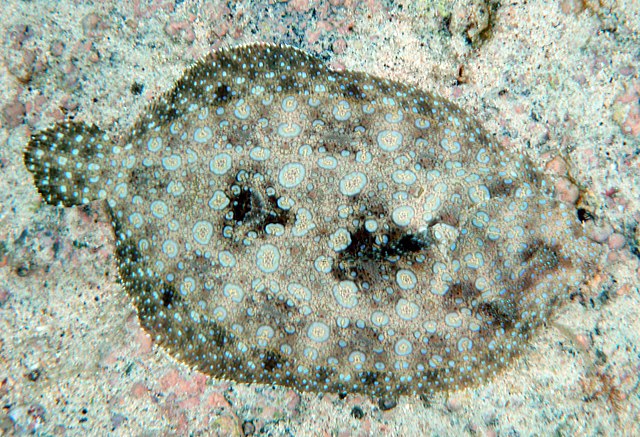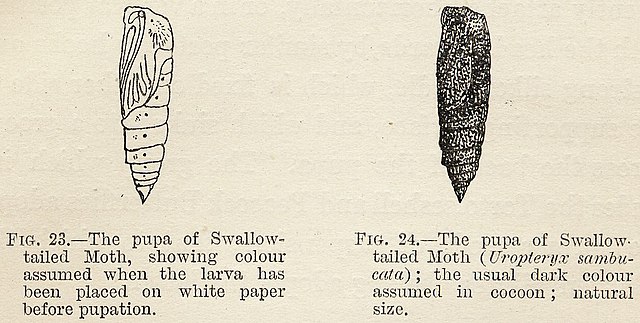Military camouflage is the use of camouflage by an armed force to protect personnel and equipment from observation by enemy forces. In practice, this means applying colour and materials to military equipment of all kinds, including vehicles, ships, aircraft, gun positions and battledress, either to conceal it from observation (crypsis), or to make it appear as something else (mimicry). The French slang word camouflage came into common English usage during World War I when the concept of visual deception developed into an essential part of modern military tactics. In that war, long-range artillery and observation from the air combined to expand the field of fire, and camouflage was widely used to decrease the danger of being targeted or enable surprise. As such, military camouflage is a form of military deception in addition to cultural functions such as political identification.
Sniper wearing a ghillie suit
A-7D Corsairs in a disruptive pattern, countershaded with white, on a disruptively painted surface, Thailand, 1972.
A Ferret armoured car with "Berlin camouflage" meant to hide it against that city's concrete buildings. Such terrain-specific patterns are rare.
Croatian army uniform (right) had by 2008 diverged from the former Yugoslavian army pattern, apparently for cultural reasons such as political identification.
Camouflage is the use of any combination of materials, coloration, or illumination for concealment, either by making animals or objects hard to see, or by disguising them as something else. Examples include the leopard's spotted coat, the battledress of a modern soldier, and the leaf-mimic katydid's wings. A third approach, motion dazzle, confuses the observer with a conspicuous pattern, making the object visible but momentarily harder to locate, as well as making general aiming easier. The majority of camouflage methods aim for crypsis, often through a general resemblance to the background, high contrast disruptive coloration, eliminating shadow, and countershading. In the open ocean, where there is no background, the principal methods of camouflage are transparency, silvering, and countershading, while the ability to produce light is among other things used for counter-illumination on the undersides of cephalopods such as squid. Some animals, such as chameleons and octopuses, are capable of actively changing their skin pattern and colours, whether for camouflage or for signalling. It is possible that some plants use camouflage to evade being eaten by herbivores.

The peacock flounder can change its pattern and colours to match its environment.
A soldier applying camouflage face paint; both helmet and jacket are disruptively patterned.
Octopuses like this Octopus cyanea can change colour (and shape) for camouflage
Experiment by Poulton, 1890: swallowtailed moth pupae with camouflage they acquired as larvae








